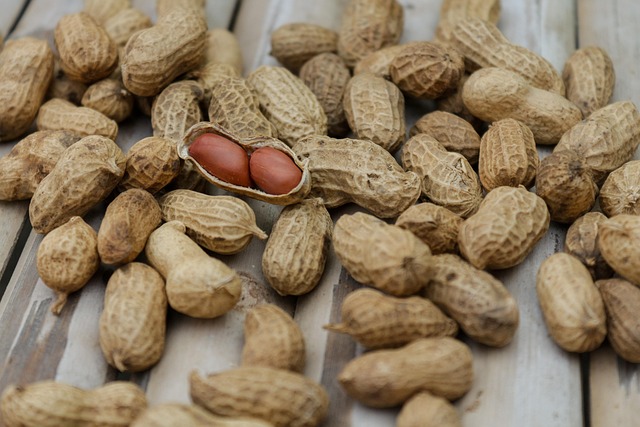Plums have long been cherished for their sweet‑tart flavor, but they also bring a bounty of nutrition to the table. These fruit lovers can now embrace a healthier lifestyle by choosing the right plum variety, whether fresh or dried, and learning how each contributes to overall wellness.
Nutritional Overview of Plums
Across the globe, plum varieties deliver a balanced mix of vitamins, minerals, and phytochemicals that support bodily functions. One medium plum contains roughly 30 calories, 0.5 grams of protein, 0.4 grams of fat, 7 grams of carbohydrates, and 1.5 grams of dietary fiber. Their low glycemic index makes them a smart choice for sustained energy.
Key Vitamins and Minerals in Every Plum Variety
Vitamin C levels vary among plum varieties but typically hover between 5–10 milligrams per fruit, providing up to 10% of the daily requirement. Vitamin K, potassium, and small amounts of B‑vitamins such as thiamine and riboflavin are also present, contributing to bone health, nerve function, and cardiovascular stability.
Antioxidant Profile of Plum Varieties
Plum skins and flesh are rich in phenolic compounds, including chlorogenic acid and anthocyanins, especially in darker plum varieties. These antioxidants combat free radicals, reduce oxidative stress, and may lower the risk of chronic diseases like heart disease and certain cancers.
Health Benefits of Consuming Plum Varieties
Eating a variety of plums can yield diverse health advantages, from supporting digestion to fostering weight control and protecting heart health. Each plum variety offers a unique profile that can be strategically incorporated into daily meals.
Digestive Health and Gut Harmony
Dietary fiber from plum flesh promotes regular bowel movements and feeds beneficial gut bacteria. The natural sorbitol content also helps retain moisture in the digestive tract, easing constipation. Regular intake of plum varieties may improve overall gut health and aid in nutrient absorption.
Heart Health and Blood Pressure Regulation
Potassium, abundant in plum varieties, counteracts sodium’s effect on blood pressure, helping to maintain healthy vascular tension. The flavonoids present in plum skins can improve endothelial function, lower LDL oxidation, and reduce inflammation, all of which support cardiovascular resilience.
Weight Management and Blood Sugar Balance
Low in calories yet high in fiber and water, plums provide satiety without excess energy intake. Their moderate glycemic load, combined with sorbitol, slows carbohydrate absorption, helping to keep blood sugar spikes in check. Incorporating plum varieties into meals can aid in weight control and metabolic stability.
Exploring Different Plum Varieties
Not all plums taste the same or offer identical benefits. Below is a quick guide to common plum varieties and what sets each one apart nutritionally and culinarily.
European Plum (Prunus domestica)
The European plum is the most familiar variety in Western markets. It boasts a sweet, juicy flesh with a firm seed core. Nutritionally, it delivers a solid dose of vitamin C and potassium, while its bright red skin is rich in anthocyanins, making it a powerhouse for antioxidant intake.
Japanese Plum (Prunus mume)
Often smaller and tart, the Japanese plum is prized for its aromatic fragrance and slightly acidic bite. It contains higher levels of chlorogenic acid than many other varieties, providing potent antioxidant activity. The delicate flavor makes it ideal for pickles, sauces, and light desserts.
Black Plum (Prunus salicina ‘Black’)
True to its name, the black plum has a deep, almost black skin that hides a dark, richly flavored interior. This variety is exceptionally high in anthocyanins and polyphenols, surpassing many other plum types in antioxidant capacity. Its slightly sweet-tart profile works well in baked goods and preserves.
Incorporating Plum Varieties into a Healthy Lifestyle
Adopting a balanced approach to nutrition means pairing the right plum variety with complementary foods and mindful preparation methods. The key is to keep portions moderate, avoid added sugars, and use plums as a natural sweetener or crunchy element in dishes.
Recipes and Simple Serving Ideas for Plum Variety Enthusiasts
Fresh plums can be sliced for salads, diced into fruit bowls, or grilled for a smoky glaze. Dried plum, or prune, is great for smoothies, oatmeal, or savory stews. For a heart‑healthy snack, pair a sliced European plum with a handful of nuts. Experimenting with different plum varieties not only keeps meals interesting but also maximizes the range of nutrients you consume.




